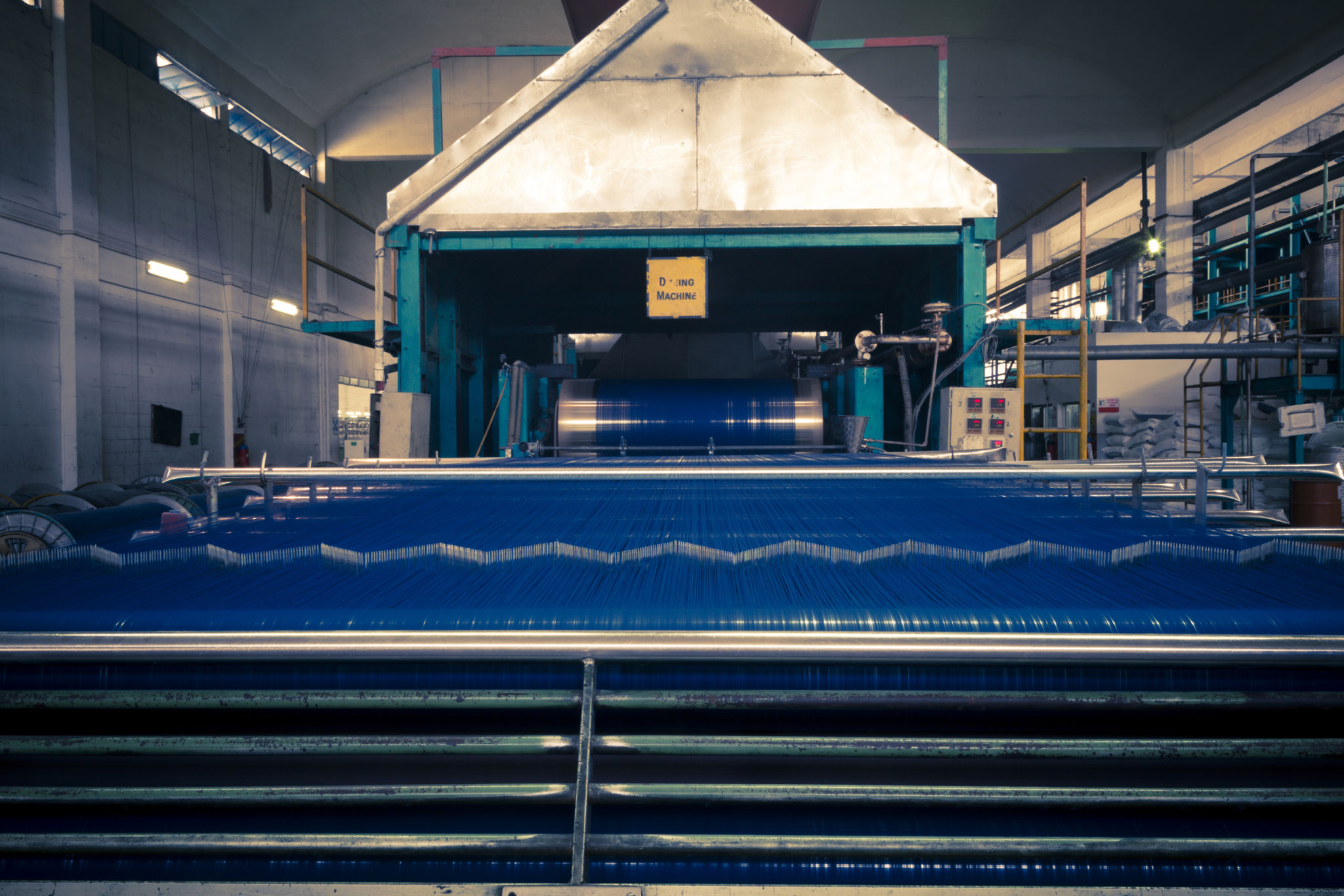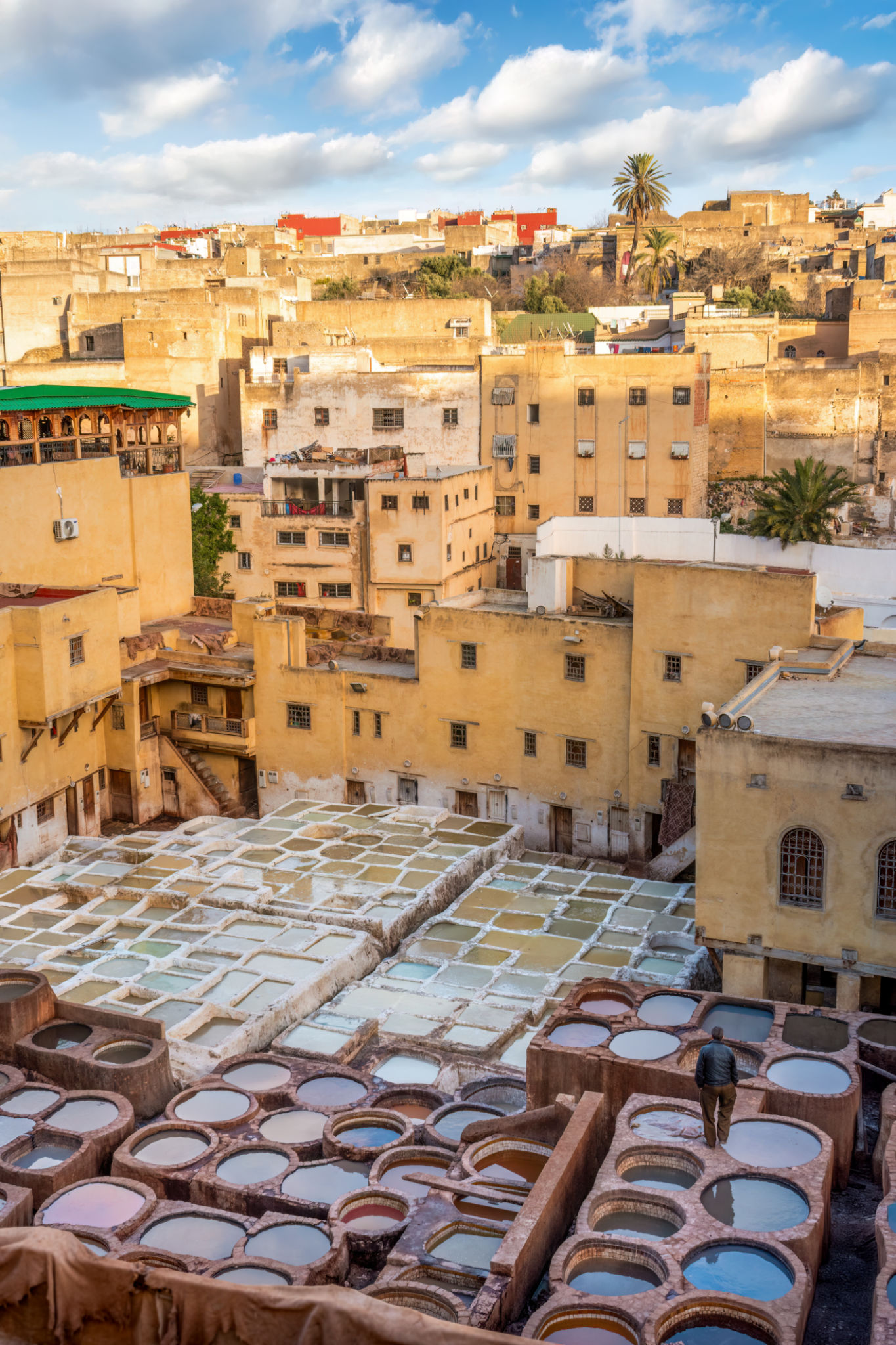Exploring the Rich History of Plant-Based Dyes in Lombardia
The Ancient Art of Plant-Based Dyes
Dating back thousands of years, the tradition of using plant-based dyes is a vibrant part of Lombardia's history. This region, nestled in the heart of Italy, has long been known for its rich textile heritage, where natural dyes played a crucial role in fabric coloring. The art of extracting colors from plants is not only deeply ecological but also a testament to the ingenuity of past generations.
In ancient times, people in Lombardia used locally sourced plants to produce a wide range of colors. These dyes were used to color fabrics, which were highly prized and traded across Europe. The process was both an art and a science, requiring knowledge of botany and chemistry to achieve the desired hues.

Traditional Plants Used for Dyeing
Lombardia's diverse climate and fertile soil provided an abundance of plants ideal for dye production. Some of the most commonly used plants included madder for reds, indigo for blues, and weld for yellows. Each plant required specific harvesting and preparation methods to release their color potential.
Madder, known for its deep red hue, was one of the most sought-after dyes in ancient Lombardia. The roots of the madder plant were dried and ground into a fine powder before being used to dye fabrics. This process could take weeks, but the result was a stunningly rich red color that was prized across Europe.

The Dyeing Process
The art of dyeing with plants was an intricate process. It involved several steps, including the preparation of the fabric, the extraction of dye from plants, and the actual dyeing process. Fabrics were usually pre-treated with a mordant, such as alum, to help the dye adhere better to the fibers.
- Extraction: The plant material was soaked or boiled to release the dye.
- Mordanting: Fabrics were treated with substances that improved dye uptake.
- Dyeing: Fabrics were immersed in dye baths until the desired color was achieved.

The Cultural Significance
Beyond their practical use, plant-based dyes held significant cultural importance in Lombardia. Colors were often associated with social status, religious ceremonies, and artistic expression. Wearing clothing dyed with certain colors could reflect one's status or wealth within society.
In particular, purple dyes made from plants such as woad were highly prized and often reserved for nobility. This exclusivity further heightened the allure and value of plant-based dyes throughout history.
Revival and Modern Use
In recent years, there has been a resurgence of interest in plant-based dyes as part of a broader movement towards sustainable and environmentally friendly practices. Artisans and designers in Lombardia are rediscovering these ancient techniques, blending traditional methods with modern innovation to create stunning textiles.
This revival is not only preserving a vital part of Lombardia's cultural heritage but also promoting sustainable fashion practices. By using natural dyes, modern creators are minimizing environmental impact while celebrating the timeless beauty of natural colors.

Conclusion
The exploration of plant-based dyes in Lombardia reveals a fascinating intersection of history, culture, and sustainability. As we delve into these time-honored traditions, we gain a deeper appreciation for the natural world and our ability to harness its beauty responsibly. Embracing these techniques today honors the past while paving the way for a more sustainable future in fashion and art.
